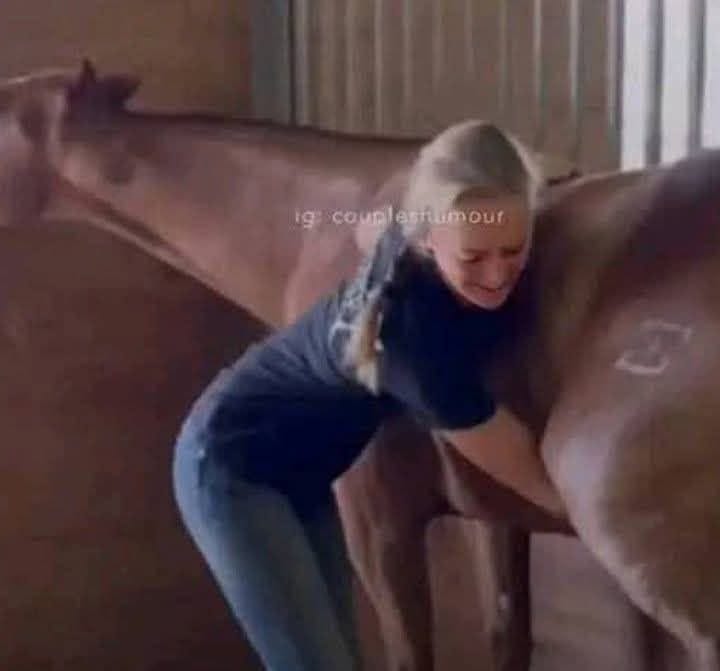In the days after, I kept replaying the night, thinking about how little guidance I had received—just vague warnings, jokes, and unspoken rules. There had been no real conversation about anatomy, boundaries, or readiness. I had been told to “wait for the right time,” but no one explained how to recognize what that even meant.
Physically, I healed within weeks. Emotionally, it took much longer. Every time I thought about being close to someone again, I froze. My body remembered fear before my mind could reason it away. Shame weighed heavily. I blamed myself for not knowing better. It took therapy, journaling, and honest conversations with trusted friends before I could start rebuilding my confidence.
That process taught me something powerful: silence is dangerous. When society avoids discussing basic health and safety, people are left vulnerable. My experience wasn’t an accident—it was the result of how we fail to prepare young people for real life.
Most health education focuses on warnings—diseases, pregnancy, fear—without addressing the practical and emotional aspects. What’s missing is understanding: how the body works, what consent means, how to communicate boundaries, and how to recognize when something isn’t right. Without this foundation, people are left guessing, and those guesses can lead to trauma.
Pain should never be treated as normal. Discomfort isn’t something to push through. Myths about what’s “supposed” to happen during a first experience have caused preventable injuries and emotional scars. Real education empowers people to make informed choices with awareness and respect, not fear.
Countries that take this seriously see the difference. In places like the Netherlands and Sweden, open, age-appropriate health education starts early. Young people learn about anatomy, emotions, respect, and boundaries without shame. As a result, they report healthier relationships, fewer unexpected situations, and stronger self-esteem. Safety and communication are taught as essential, not optional.
In contrast, silence leaves gaps that myths rush to fill. People turn to unreliable sources, hearsay, or misinformed peers. What should be a positive, consensual experience becomes risky. And when things go wrong, shame keeps people silent. I stayed quiet for too long, afraid of judgment. I shouldn’t have been.
Healing required more than medical care. I had to face my fear, forgive myself for what I didn’t know, and replace ignorance with knowledge. Therapy helped me understand that trauma doesn’t define you—it shows what needs to change. I learned it’s okay to speak openly about what happened, not as a confession, but as a warning and an act of self-respect.
What I once saw as a personal failure, I now see as a societal one. My story isn’t rare—it’s rarely spoken. Every year, thousands experience injuries or emotional scars because they were unprepared. Many never tell anyone, and some convince themselves it’s normal. Silence allows the problem to continue.
We need to change how we talk about intimacy, not just in schools but in homes. Parents and guardians must be part of the conversation. Schools can provide information, but real understanding starts where shame ends. Families who normalize open discussion about respect, consent, and safety protect children in ways silence never can. Pretending these topics don’t exist doesn’t preserve innocence—it puts it at risk.
To anyone approaching their first experience, I say this: knowledge is protection. Take time to understand your body, communicate with your partner, ask questions, and set boundaries. The right moment isn’t about timing—it’s about readiness.
Today, I carry both scars and purpose. I share my story not for sympathy, but for awareness. What happened to me shouldn’t happen to anyone else. If my experience sparks even one honest conversation, then the pain has meaning.
It’s time to move past the discomfort of taboos and recognize that education saves lives—physically and emotionally. Openness prevents trauma. Understanding replaces fear. Compassion replaces shame.
My first experience was meant to be a step into adulthood. Instead, it became a wake-up call. But from that pain came clarity: silence is not protection; knowledge, conversation, and preparation are what truly keep us safe.
If sharing my story helps even one person pause, prepare, and protect themselves, then my worst night has become someone else’s second chance—and that is worth everything.

